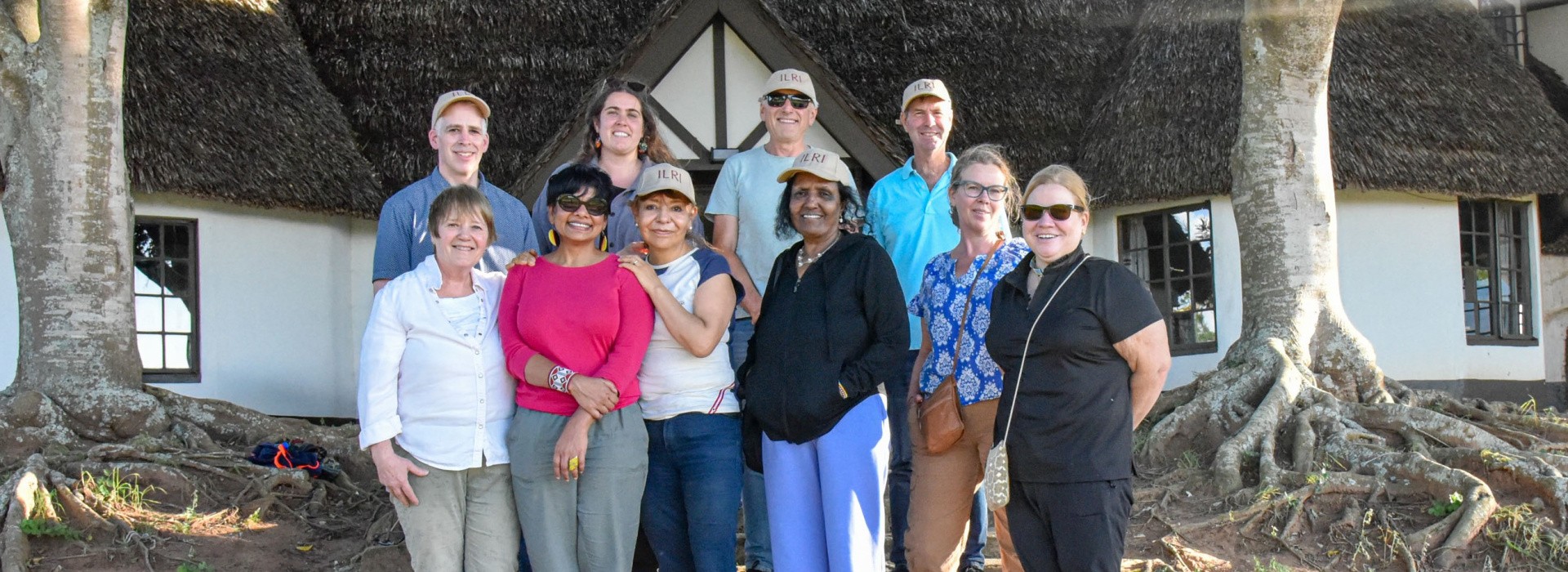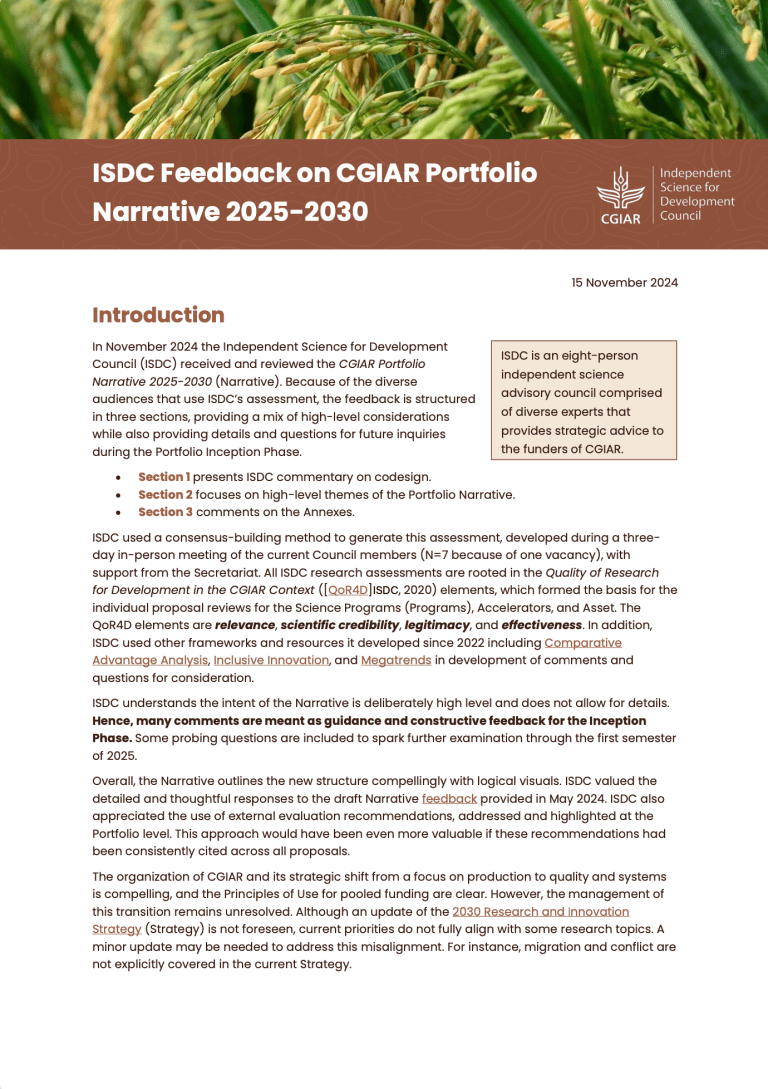When the International Livestock Research Institute (ILRI) came upon Moses’ farm in 2008, they found cattle bones of what was left of his smallholder farm that suffered from that year’s devastating drought.
Situated in a remote area within Kenya's semi-arid region, the Independent Science for Development Council (ISDC) visited Moses' farm, which represents the challenges faced by climate change and adaptive measures supported by ILRI’s research. Like many others, Moses suffered significant losses over the past 15 years, but what sustained his farm is his reliance on Red Masai Sheep. This indigenous breed has shown remarkable resilience in the face of drought, attributed to their relatively large legs facilitating movement in search of food and water and their resistance to gastrointestinal worms, enabling them to endure prolonged dry spell
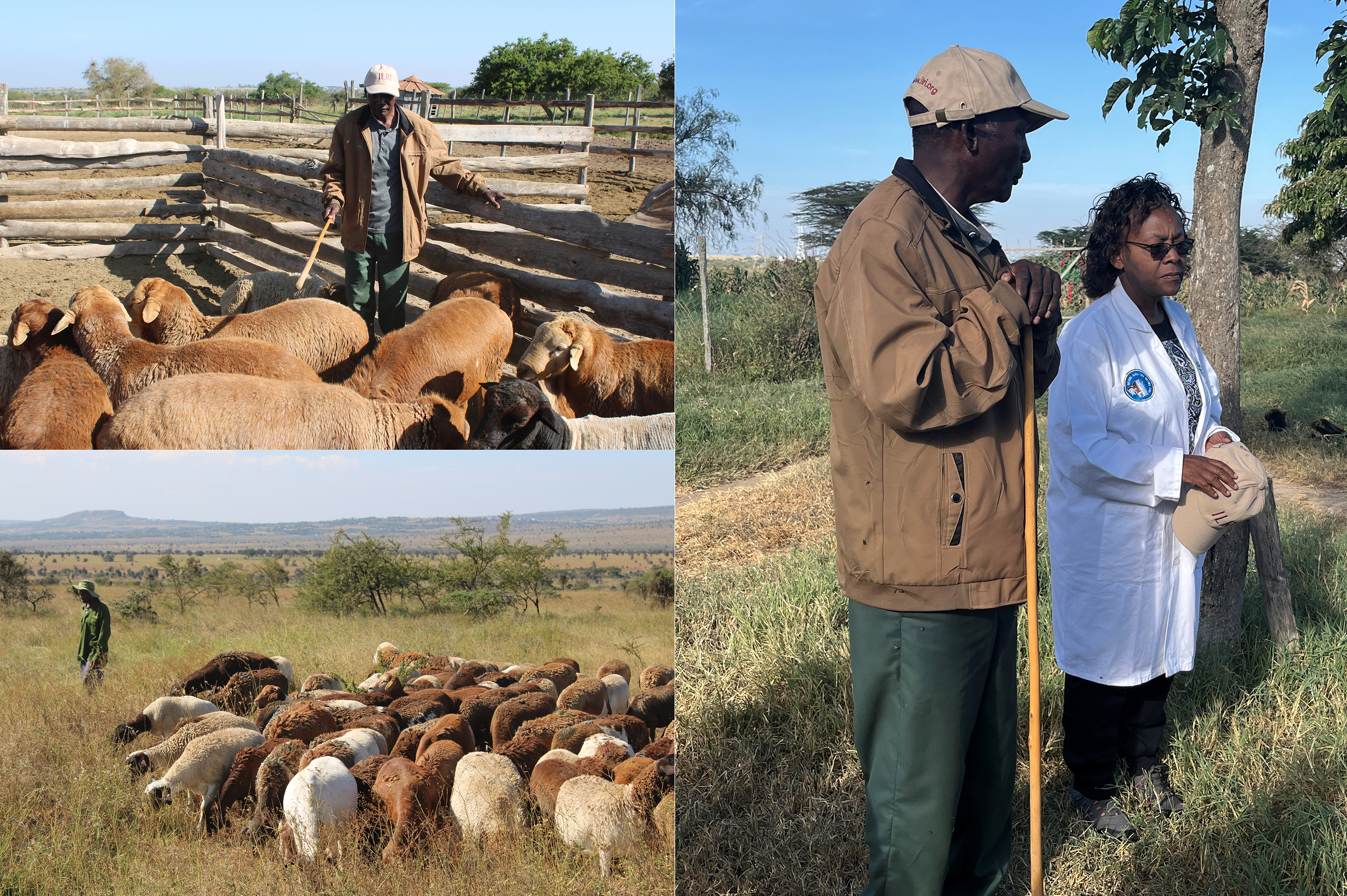
From February 13-16, ISDC held its first 2024 semiannual meeting in Nairobi, Kenya, hosted by ILRI. ISDC chose Nairobi, Kenya, as the location for its first 2024 semiannual meeting because it is a hub for CGIAR research, boasting 10 CGIAR centers and 18 Initiatives. A major part of ISDC’s Terms of Reference is the independent review of pooled research proposals, which is scheduled for Fall 2024. This meeting provided ISDC with a better understanding of ongoing research across Centers, Initiatives, and Impact Areas. The meeting had many objectives including the following.
- Discuss science, partnerships, and capacity development among Nairobi-based scientists, staff, and partners.
- Learn from CGIAR staff across Centers and Science Groups about real or perceived opportunities and barriers in science for development related to CGIAR pooled funding.
- Engage with CGIAR leadership on the latest P25 developments.
- Meet with local CGIAR partners.
The reflections generated during this meeting were presented to the Strategic Impact, Monitoring and Evaluation Committee (SIMEC) during its March meeting, followed by a memorandum to System Council, the funders of CGIAR. The ISDC chair will also give an intervention as an active observer at the System Board upcoming meeting, outlining some of the priority issues that should be addressed during the portfolio development. These are the same issues that were brought to SIMEC’s attention at its March 2024 meeting.
Visiting the Nairobi Campus
ISDC immersed itself in ILRI's research facilities and engaged in discussions with representatives from various CGIAR Initiatives. Additionally, they participated in a Share Fair, showcasing different pooled and bilateral research projects across all five Impact Areas alongside partners. The next two days were dedicated to closed meetings, where ISDC had the opportunity to visit both a smallholder farm and the Kapiti Ranch.

Focusing on Field Visits & ISDC Consensus at Kapiti
ISDC gathered for two days of closed meetings at the Kapiti Research Station and Wildlife Conservancy, situated within the captivating landscape and wildlife of Kenya’s semi-arid region. This station, operated by ILRI, serves as a hub for research, conservation activities, and commercial livestock ranching.
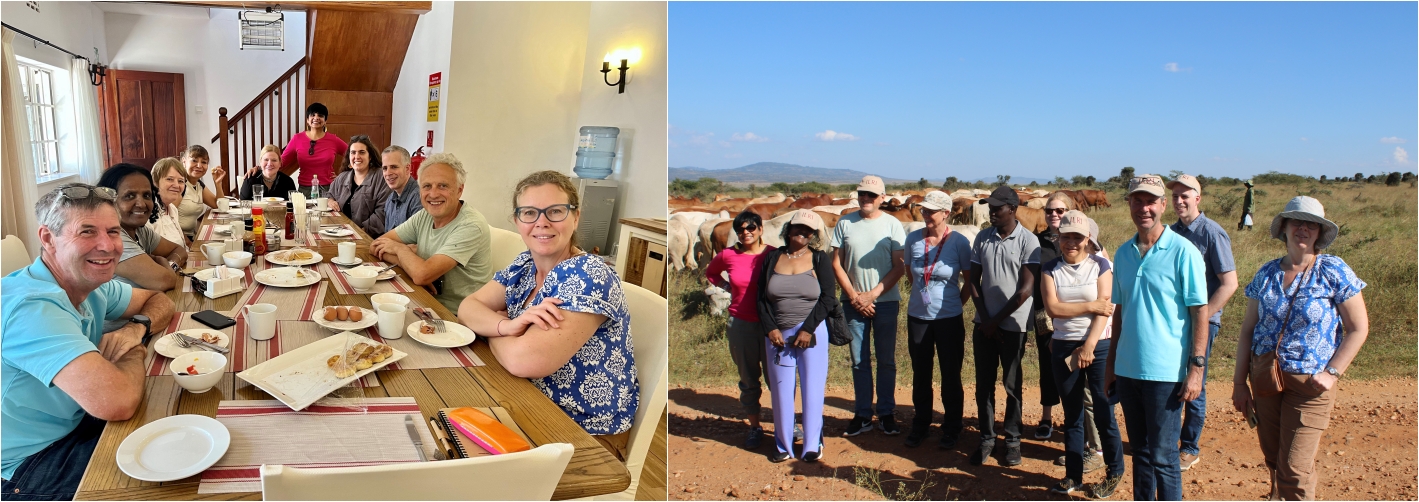
Kapiti's research encompasses diverse areas, including the establishment of demonstration plots to educate farmers on sustainable practices. These plots serve as practical examples of how various crops can thrive even in small land parcels and arid conditions. In a region prone to recurrent droughts, these demonstration plots offer valuable insights into crop resilience and water management techniques, empowering local farmers to adapt to changing environmental conditions effectively.
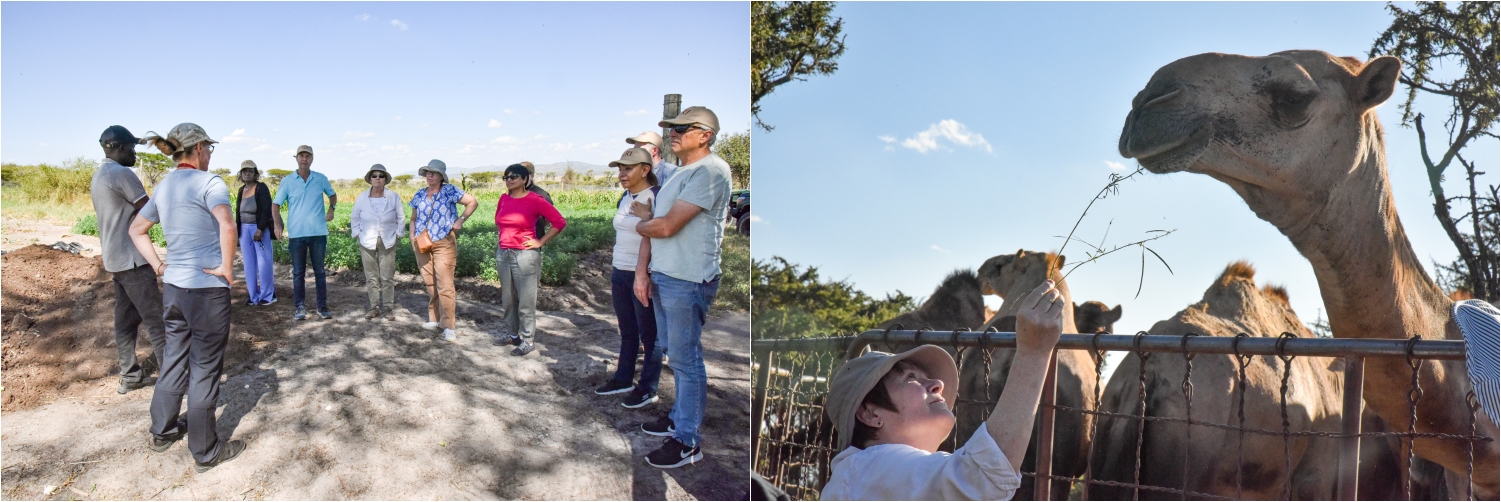
Additionally, Kapiti focuses on livestock-wildlife interface grazing, a management strategy aimed at addressing issues such as competition, disease transmission, and habitat degradation. By allowing livestock and indigenous wildlife to graze together, this approach mimics natural ecosystem processes, contributing to improved soil fertility and biodiversity conservation. Boran cows, well-suited to the region's conditions, play a crucial role in this grazing system, enhancing soil health through their grazing patterns and promoting ecosystem resilience.
Kapiti also serves as a vital wildlife corridor, facilitating the migration of species between Nairobi National Park and Amboseli National Park. This migration corridor not only sustains biodiversity but also presents unique opportunities for scientific research.

In Kapiti, ISDC also learned about ILRI’s research efforts on understanding the impact of climate change and emissions from cattle. Given the importance of ruminants to Africa's economy and nutrition, understanding their environmental impact is vital. However, research on greenhouse gas emissions from livestock systems in African countries remains limited and not comprehensively assessed, largely due to the focus of previous research on the Global North.
Moses’ farm serves as a reminder that smallholder farms are the backbone of agrifood systems. Since 2008, ILRI has collaborated closely with Moses, providing guidance on breeding selection and equipping him with skills in recording and monitoring his sheep to optimize selection processes. Today, Moses not only serves as a model farmer but also as an agricultural innovator, exemplifying the value of indigenous species and local knowledge in sustainable farming practices. For ISDC, it was very important to observe the success of sheep and cattle breeding and recognize the significance of local resources and farmers' knowledge.
